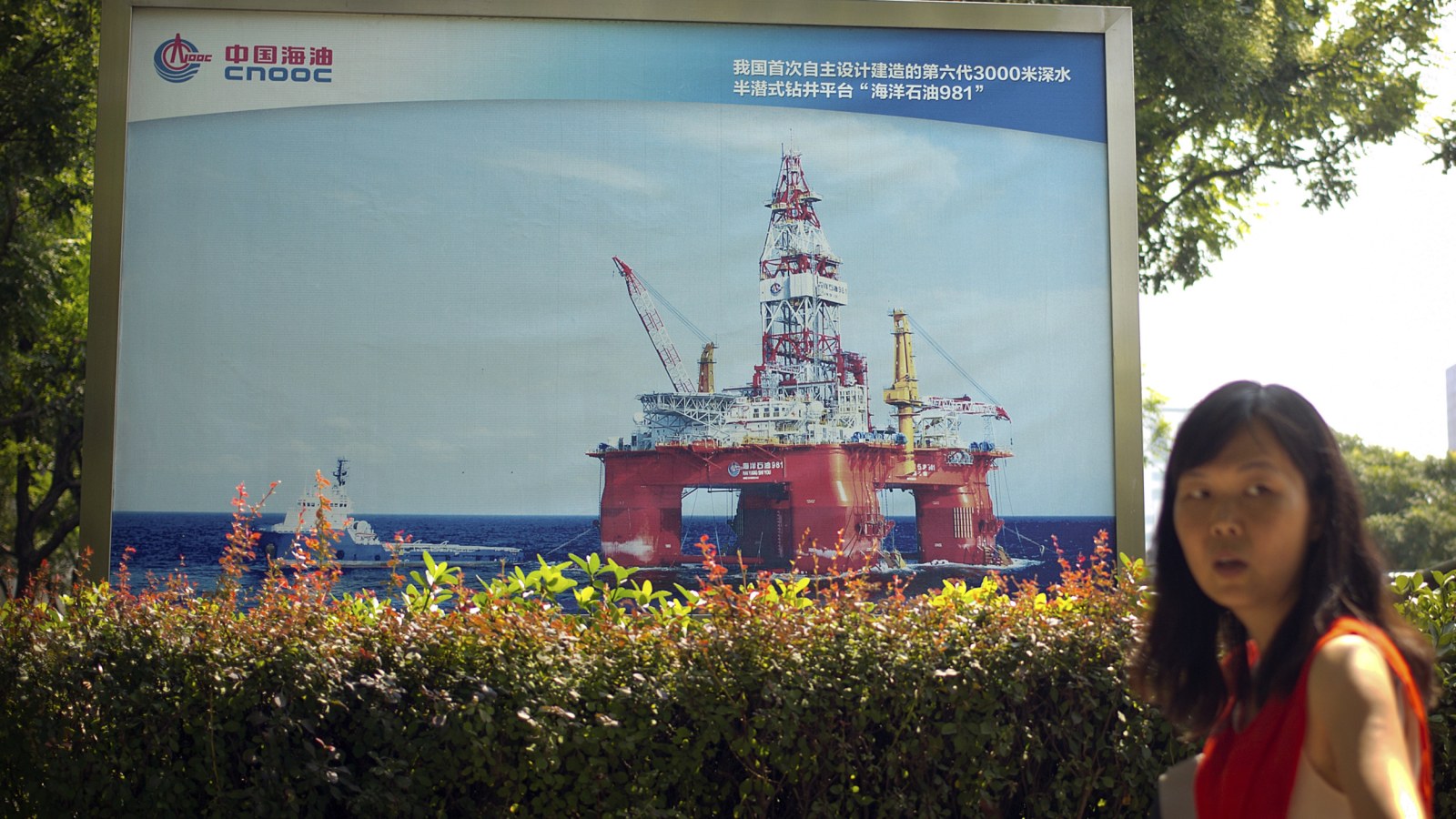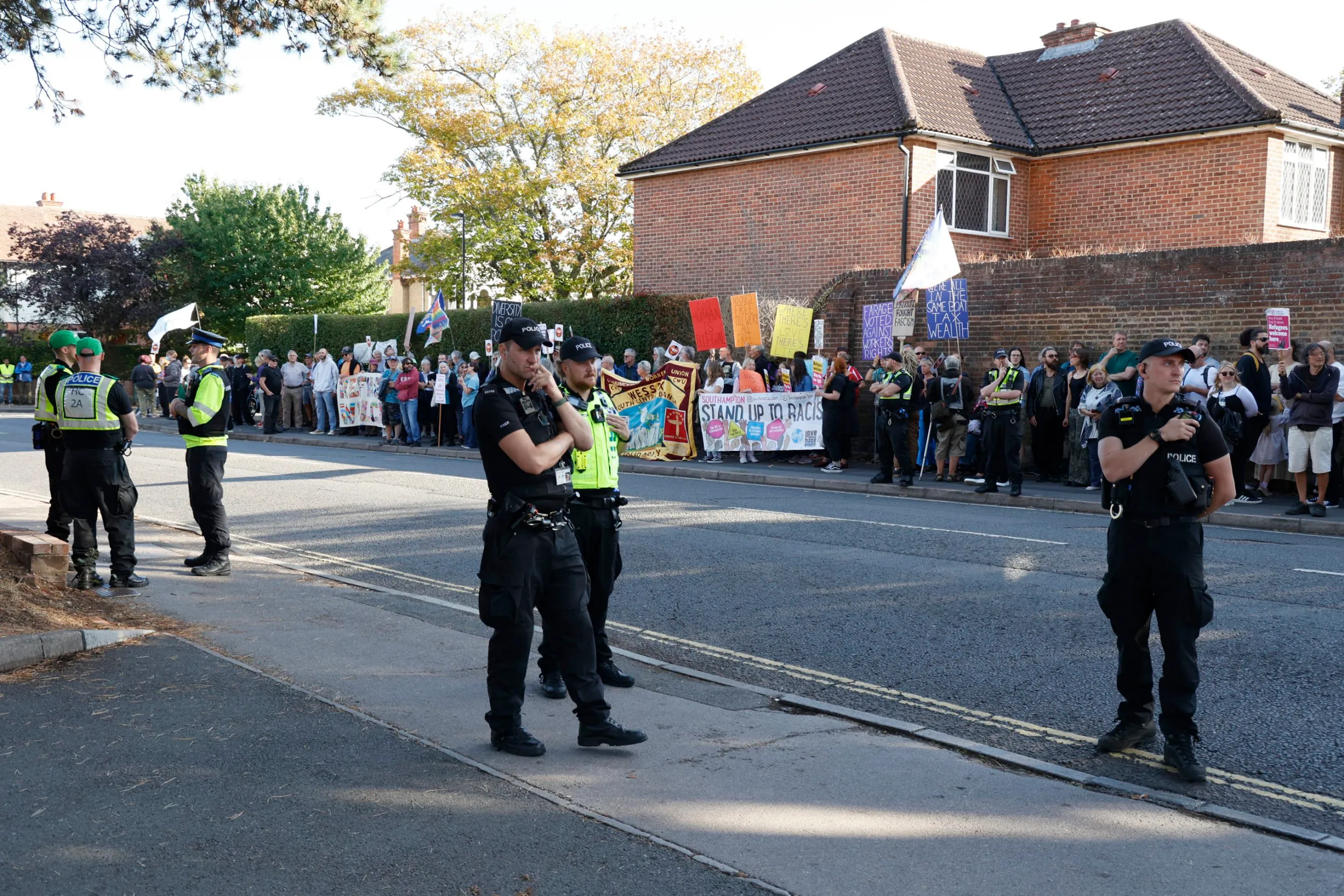By Micah McCartney
Copyright newsweek

Chinese oil rigs in waters claimed by Taiwan have stirred controversy in recent days, drawing a sharp protest from Taipei, with some analysts saying the structures are part of a strategy to normalize encroachment.Why It MattersFirst reported by The Guardian, the structures are situated in Taiwan’s exclusive economic zone (EEZ). Under the United Nations Convention on the Law of the Sea, an EEZ extends 200 nautical miles (230 miles) from a coast, within which claiming governments are entitled to exclusive access to resources.China claims sovereignty over nearly the entire South China Sea, despite a 2016 international tribunal ruling largely dismissing its case. Those claims overlap with those of several other governments in the region.Beijing also claims Taiwan itself and has not ruled out the use of force to bring the self-governing island under its control.Newsweek reached out to the Chinese and Taiwanese foreign ministries via email for comment.What To KnowIn a September 2 report, Washington-based think tank the Jamestown Foundation identified three oil rigs, as well as several other structures and support vessels operating inside Taiwan’s EEZ. One was reportedly located just around 30 miles from the restricted waters surrounding Pratas Island, where Taipei has maintained a marine garrison since 2024.The rigs are reportedly operated by the state-owned China National Offshore Oil Corporation (CNOOC) and have been present since 2020. On Tuesday, East Asia–focused outlet Domino Theory reported two additional rigs.Karen Kuo, spokesperson for Taiwan’s presidential office, demanded their removal after the story broke.”China must explain its action to fellow country members, and must immediately terminate drilling activities and other illegal activity within Taiwan’s and other countries’ exclusive economic zones,” she said in a statement.Domino Theory observed that China’s Maritime Safety Administration has been issuing safety warnings shortly before the rigs are moved, providing updated coordinates of the structures within Taiwan’s EEZ.Ray Powell, who heads the Stanford University-affiliated maritime analysis group SeaLight, told Newsweek the pre-announced notices are a “deliberate gray-zone tool that renders Chinese encroachment mundane and boxes Taiwan in.””Gray-zone” activities are coercive actions that stop short of warfare.”React and risk being painted as the escalator, or refrains and risk seeming ineffectual,” he said.Taiwan’s protest, which came two days after the report, has raised eyebrows from some in the China-watcher space.”It’s not great that Taiwan waited 5 years to call this out, and only after the [Jamestown China Brief] and The Guardian revealed the PRC encroachments,” Julian Ku, professor at Hofstra University’s Maurice A. Deane School of Law, wrote on X.Chinese oil exploration activities in disputed waters have been a source of tension in the past.In 2014, a CNOOC rig deployed near the Paracel Islands, which are also claimed by Vietnam, triggered a standoff with the country and anti-China protests in Hanoi.Japan continues to protest Beijing’s operation of some 20 structures in the East China Sea, where the two countries had agreed to jointly develop resources in areas where boundaries remain unsettled.South Korea has also objected to a former oil rig that China set up in the Yellow Sea, within a zone jointly designated for fishing and navigation. South Korean officials have raised concerns that more will come and that Beijing could be laying plans for a long-term presence there.”Beijing’s operations impinging on Pratas are the latest in a pattern of similar activities in other contested regional waters,” the Jamestown Foundation wrote. “In each of the three near seas, the PRC has employed rigs and other infrastructure to assert sovereignty claims, while allowing for additional capabilities.”What Happens NextHow Taiwan will respond to the rigs remains uncertain.The island democracy has no path to international arbitration, as it’s not recognized as a United Nations member state, unlike the Philippines, which was awarded the landmark in 2016.



